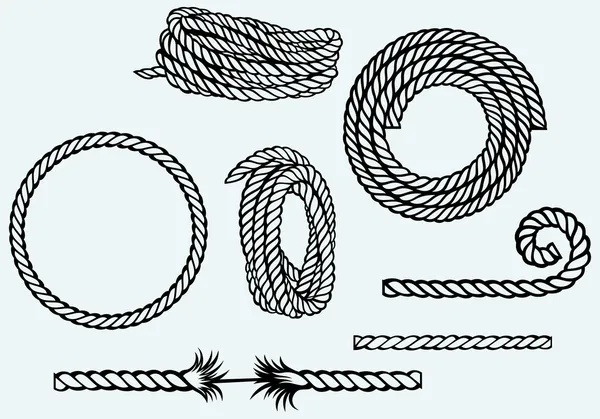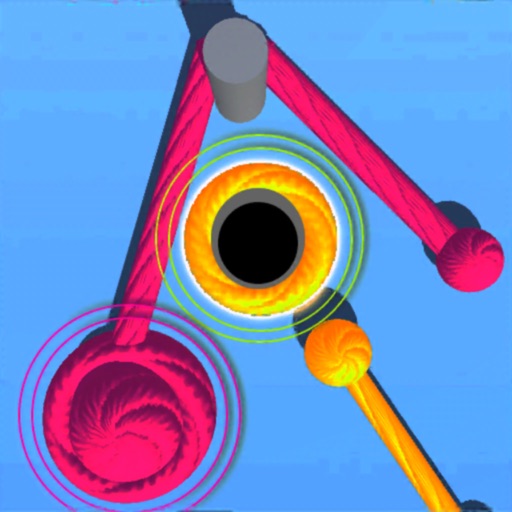

Without friction, the car would turn its wheels but would not move in a circle (as is the case on an icy surface). It is the friction force that supplies the centripetal force requirement for the car to move in a horizontal circle. An analysis of the situation would reveal that there are three forces acting upon the object - the force of gravity (acting downwards), the normal force of the pavement (acting upwards), and the force of friction (acting inwards or rightwards). Since the car is positioned on the left side of the circle, the net force is directed rightward.

The diagram below depicts the car on the left side of the circle.Īpplying the concept of a centripetal force requirement, we know that the net force acting upon the object is directed inwards. To illustrate how circular motion principles can be combined with Newton's second law to analyze a physical situation, consider a car moving in a horizontal circle on a level surface. The mathematical equations discussed in Lesson 1 and the concept of a centripetal force requirement will be applied in order to analyze roller coasters and other amusement park rides and various athletic movements. In this Lesson, we will use Unit 2 principles (free-body diagrams, Newton's second law equation, etc.) and circular motion concepts in order to analyze a variety of physical situations involving the motion of objects in circles or along curved paths.

Newton's second law states that the acceleration of an object is directly proportional to the net force acting upon the object and inversely proportional to the mass of the object.


 0 kommentar(er)
0 kommentar(er)
